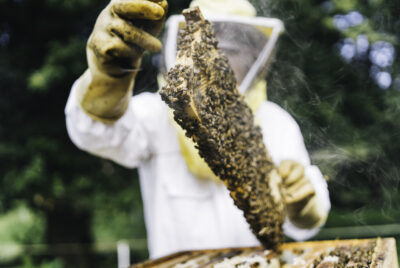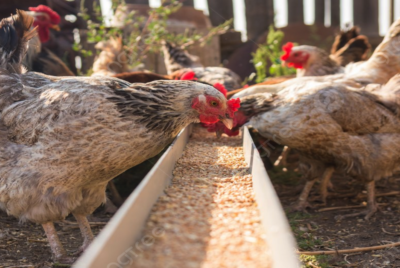How to Plan a Square Foot Garden Using the ‘Plan My Garden’ Tool
"We may earn a commission from purchases made using our links. Please see disclaimer."
Intro
As a fan of square foot gardening, I’m excited to share how you can plan and design your own successful square foot garden! With some planning, the right tools, quality soil, and a bit of care, you’ll be harvesting your own fresh fruits, veggies, and herbs in no time. Read on to learn the basics of square foot gardening, how to use the nifty online tool Plan My Garden, tips for success, and what you can expect from your bountiful square foot garden. Let’s get growing!
What is Square Foot Gardening?
History of Square Foot Gardening
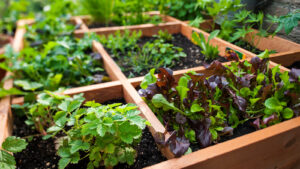 The concept of square foot gardening was pioneered in the 1970s by Mel Bartholomew, an American engineer and backyard gardening enthusiast. He found that by dividing a raised garden bed into 1-foot squares, he could grow more in less space compared to traditional row gardening. This method helps maximize yield and reduce waste.
The concept of square foot gardening was pioneered in the 1970s by Mel Bartholomew, an American engineer and backyard gardening enthusiast. He found that by dividing a raised garden bed into 1-foot squares, he could grow more in less space compared to traditional row gardening. This method helps maximize yield and reduce waste.
Benefits of Square Foot Gardening
There are many advantages to using the square foot gardening method:
- Grow more in less space – Up to 100% more produce than traditional rows
- Less waste – You plant just what you need in each square
- Easy access – Can reach all areas of the bed without stepping on soil
- Good for beginners – A simple grid makes planning and planting easy
- Less work – Reduced weeding, watering, and maintenance
- Better for soil – No compaction from walking on the growing area
- Overall, it’s an efficient, organized, and bountiful way to garden
Designing Your Square Foot Garden
Once you know the basics, it’s time to design and map out your garden.
Choosing a Location
When selecting where to put your square foot garden, make sure to choose a spot that gets at least 6-8 hours of sun daily. The area should be free of overhanging trees and shrubs and have good drainage.
Determining the Size
Consider how much you want to grow and what you can maintain. Often a 4×4 or 3×6 foot bed is a good start for 1-2 people. Remember, you’ll divide it into 1-foot squares.
Mapping Out the Garden
Grab grid paper or graph out your squares. Sketch your design with pathways and mark what you’ll plant in each square. Consider sunlight, height, and succession planting.
Using the ‘Plan My Garden’ Tool
Overview of the Tool’s Features
Plan My Garden is an innovative online tool designed to simplify the garden planning process. It caters to both new and experienced gardeners, offering a way to save time and reduce the complexity involved in garden planning. The tool provides custom garden plans, including a visual growing schedule optimized for your location, a garden layout with optimal plant placement, and comprehensive grow guides for each selected vegetable.
Step-by-Step Guide

Enter Your ZIP Code: The first step involves entering your ZIP code. This information is used to determine your local last expected frost date, which is crucial for timing your planting schedule. If you’re outside the USA or want to use a specific date, the tool allows for manual data entry.
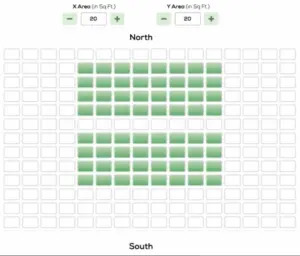
Draw Your Garden Layout: The tool enables you to create a virtual representation of your garden. Each box you select represents one square foot of growing space. Remember to consider the orientation of your garden, with north facing up. For instance, if you have a 4×8 foot garden bed, you’ll select 32 squares to represent it accurately.
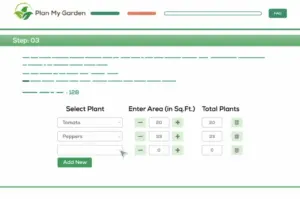
Select What You Want to Grow: In this step, you choose the plants for your garden. For each plant, you specify the number of square feet you want to allocate. The tool then automatically updates the “Total Plants” field based on how many plants can be grown per square foot for that particular crop.
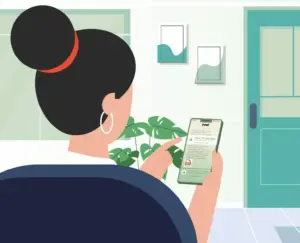 Enter Name, Email & Checkout: After designing your garden, you simply enter your name and email and proceed to checkout securely through PayPal. Within 24 hours, you’ll receive custom garden plans in a PDF printable format via email. These plans include a visual growing schedule, an updated garden layout for maximum yields, a getting started guide, and a growing guide for each vegetable you’ve selected. Additionally, the service includes a free one-time code to re-submit for a new plan, accommodating any changes or updates you might need.
Enter Name, Email & Checkout: After designing your garden, you simply enter your name and email and proceed to checkout securely through PayPal. Within 24 hours, you’ll receive custom garden plans in a PDF printable format via email. These plans include a visual growing schedule, an updated garden layout for maximum yields, a getting started guide, and a growing guide for each vegetable you’ve selected. Additionally, the service includes a free one-time code to re-submit for a new plan, accommodating any changes or updates you might need.
This process, offered at a cost of only $39 per plan, makes Plan My Garden an accessible and valuable resource for gardeners at any level. It eliminates the guesswork and extensive research often associated with garden planning, providing a tailored, easy-to-follow guide for maximizing your garden’s potential.
EXCLUSIVE FOR MY READERS: Use the code “homestead101” for 10% off! Go Here NOW.
Planting and Maintaining Your Garden
Once your design is complete, it’s time to prep and plant your square foot garden!
Preparing the Soil
The best soil for square foot gardens is loose, nutrient-rich, and drains well. Many use a “Mel’s Mix” of 1/3 compost, 1/3 peat moss or coir, and 1/3 vermiculite.
When to Plant
Consult your exported plan, frost dates, and seed packets. You can succession plant for multiple harvests.
Ongoing Care
Square foot gardening requires little maintenance! Weed and water as needed, fertilize organically, and watch things grow!
Tips for Success
Follow these tips and you’ll have a thriving square foot garden!
Use Quality Soil
Mel’s Mix or an equivalent light, nutrient-dense soil is ideal for healthy plant growth.
Maximize Space
Follow spacing guidelines and use vertical growing like trellises to get the most from your garden.
Rotate Crops
Rotate plant families each season to maintain nutrients and prevent disease.
Enjoying the Fruits of Your Labor
With a bit of planning and care, your square foot garden will yield amazing results. You’ll enjoy the whole process, from designing to planting to harvesting and savoring fresh organic produce right from your own backyard. The compact size makes it easy to tend and to try fun new crops each season. Allow yourself to relax and unwind while gardening. Before you know it, you’ll have homegrown tomatoes, peppers, herbs, and more to enjoy all season long. Dig into square foot gardening and savor the delicious rewards!
Conclusion
Square foot gardening is an ingenious method that makes gardening fun, accessible and productive for anyone. With some upfront planning and mapping using tools like Plan My Garden, you can create and customize garden beds that are bountiful, beautiful, and easy to tend. I hope these tips give you the inspiration to try square foot gardening for yourself. Get ready to grow more good food in less space!
FAQs
1. What size should a beginner square foot garden be?
For your first garden, a 2×4 or 3×3 foot raised bed is a good size to start with and easy to manage.
2. How deep should the soil be in a square foot garden?
Aim for a soil depth of 6-12 inches; Mel’s Mix is often used to fill beds and provide nutrients.
3. Can you use square foot gardening for flowers?
Yes, it works great for flowers, herbs, and ornamentals too. Just substitute them for vegetables in your plans.
4. What are good vegetables for vertical growing?
Tomatoes, cucumbers, beans, peas, and climbing vine plants do well on vertical trellises and fences.
5. How often do you need to water a square foot garden?
Water when the top inch of soil is dry. Morning watering allows it to soak in before hot afternoons.



